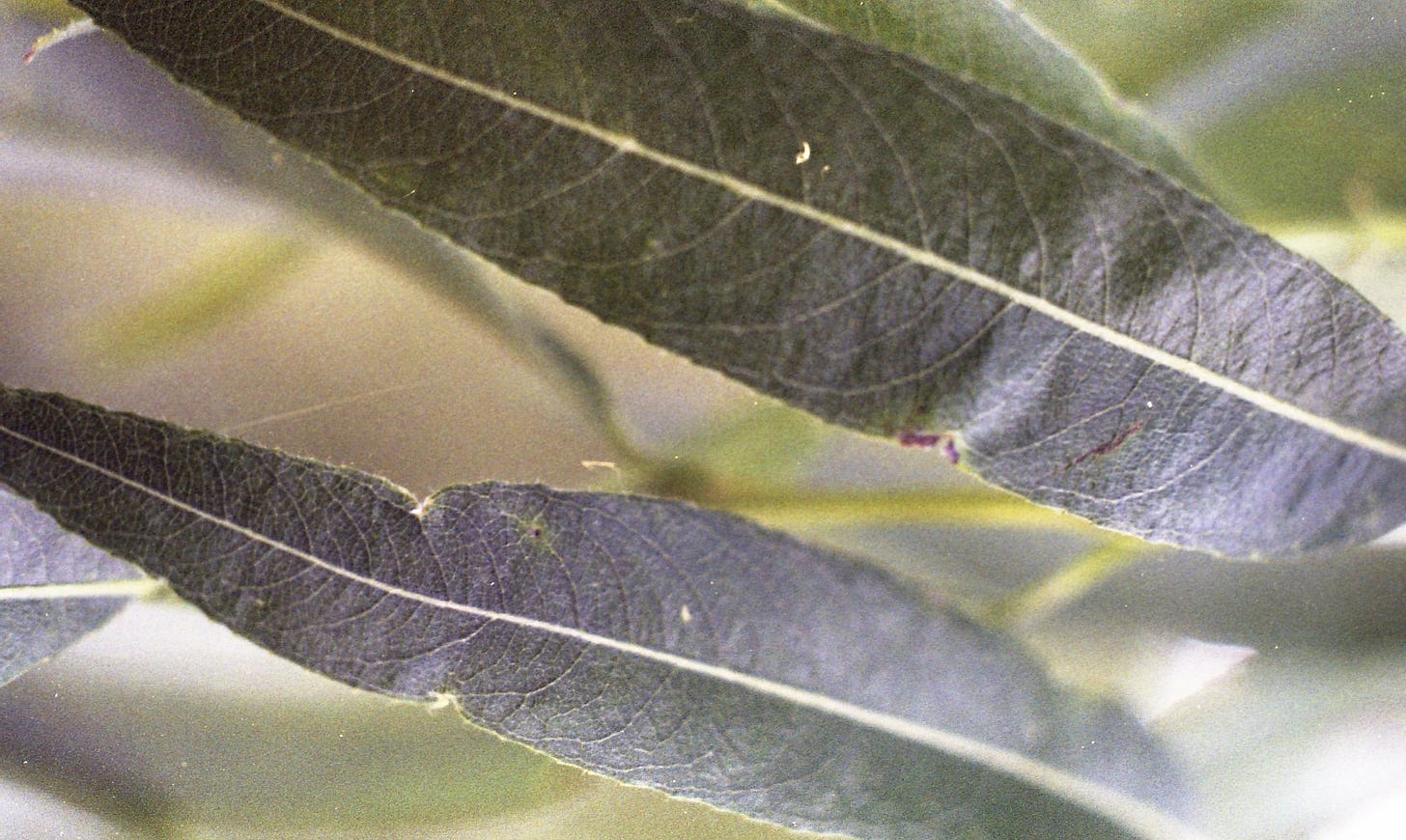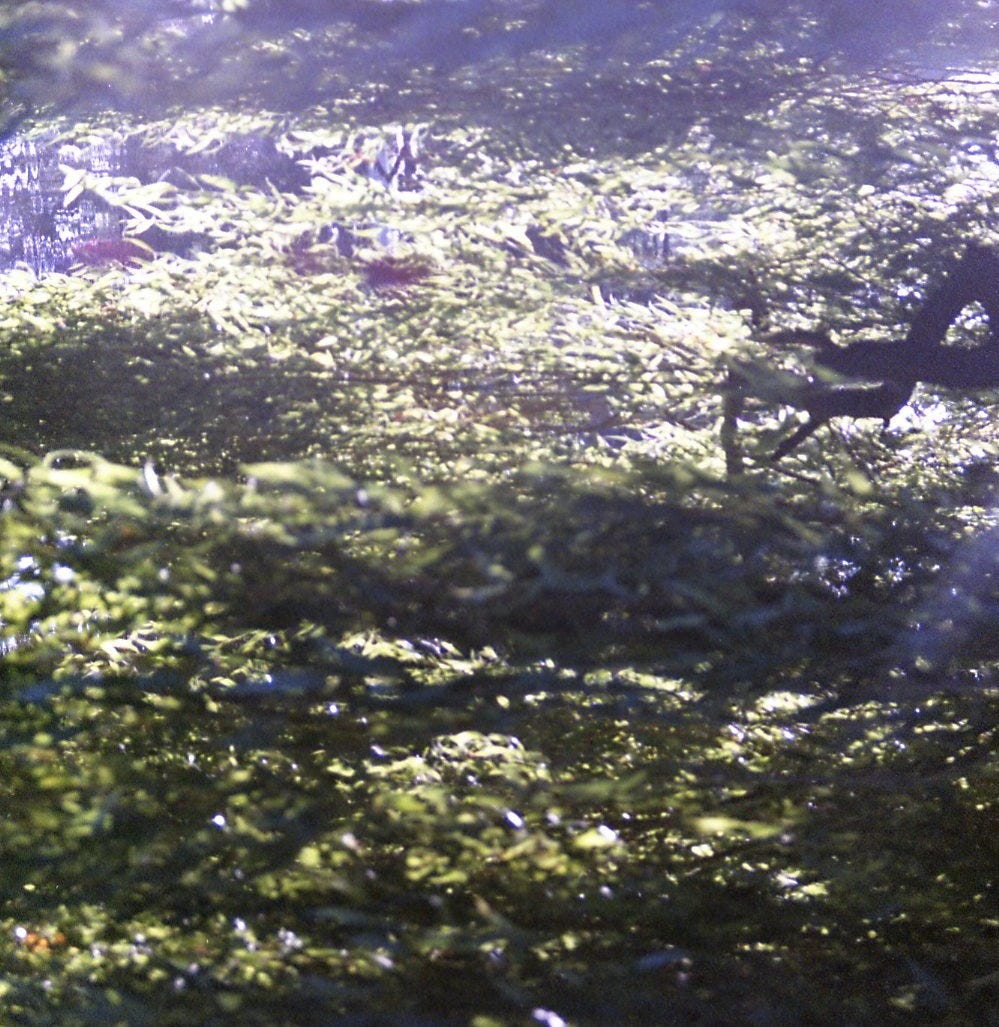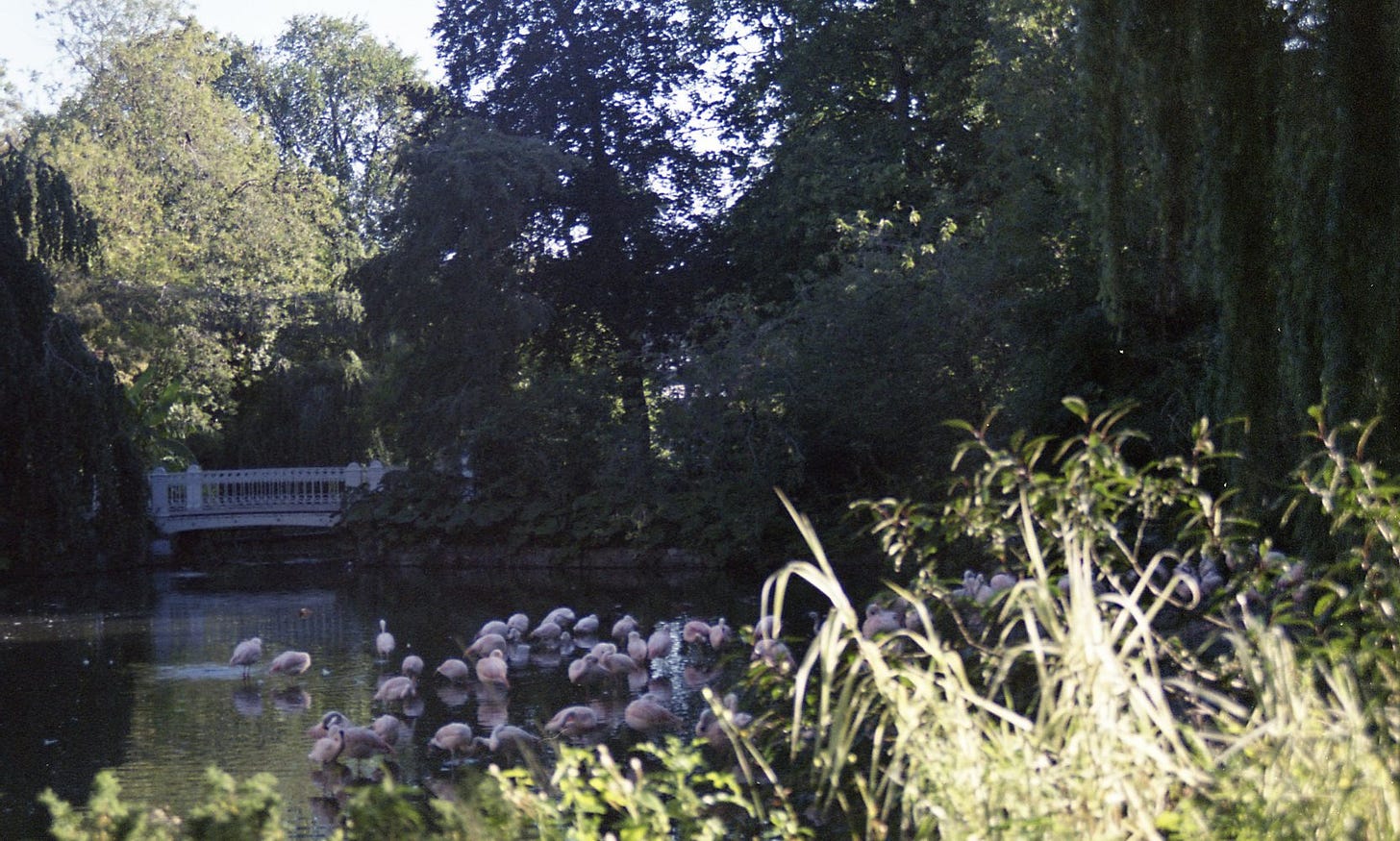At first glance, guest logs and willow trees have nothing in common. By guest logs I mean the hardcover notebooks found at bed & breakfasts and boutique museums for the signing of a name, a location, and a short review of one’s experience; a catalogue of sorts, a rendezvous of people visiting the same place at different times. And by willow trees I mean those ‘umbrella trees’ with thin, wispy branches and long, silvery leaves that sway in the breeze at the edges of rivers, canals, ponds and lakes.
At first glance it’s an erroneous comparison, of apples and oranges.
One is found on tables, the other by streams and rivers; one an element of the natural world; the other a fruit of human engineering, constantly edited, changed, improved by intentional language of the human hand. How could they belong in the same category?
Yet both log books and willow trees strike me as items to which JD Salinger’s Holden Caulfield, who loathed phoniness, would be refreshingly attracted: sources of beauty without pretension, humility without ambition, confidence without noise.
Online blogs describe willow trees as ‘drooping umbrellas’ or ‘weeping willows,’ but I am disturbed by these melancholy characterizations. I see their arms not drooping but dangling, belonging not to a miner, but a dancer—just prior to performance, her delicate limbs passive but calculatedly so, pregnant with stirring energy invisible to the naked eye, swaying in the breeze with elegance and delight not from weakness—with diminished consciousness, letting the world push her around—but from strength, and the courage to be loved, so sturdy and centered she can accept the world and receive it completely without being thrown off-kilter.
When I first wrote a draft for this essay, I was sitting at the Oosterpark of North Amsterdam. It was the best-kept park I had ever seen, resembling a golf course with pristine walkways, mowed lawns, and spraying fountains among towering maple and pine trees. I was joined on that pleasant afternoon by the motley cross-section of humanity you would expect to see in any park: mothers walking their children, young men and women running, lots of bikers and middle aged gentleman swaying their arms like the branches of a willow doing Ta Chi. Every now and then, the sun escaped from behind the clouds, shooting shafts of light through the leaves onto the water.
Motivated to learn more about willow trees, I did some research.
“Plant this thirsty tree near a water source to keep it healthy and free from disease,” one blog said. “Occasional flooding will not harm a weeping willow, but frequent standing water can affect its health. The water-seeking roots are very aggressive, so don't plant it near your home, sidewalks, water lines, or septic tanks.”
Another one: “The weeping willow has a strong and vast root system. Unfortunately, this root system can be considered invasive. It is advised not to plant this tree near pools or homes to ensure those structures aren’t impacted by the roots. Plant your weeping willow at least 50 feet away from main structures, pathways, or driveways.”
Growing up, our Dad took us to the Boston Public Garden on Sundays, those special American days. We’d pay $2.50 in cash for a ride on the Swan Boats, gliding for 20 minutes between the willows on the pond. It was there among the ducks when the enchantment I first felt in the trees’ presence whipped into a froth that resembled love. It was strange for me, as an adolescent, that my interest was not of mind but body and soul. The soulful stimulation stirred by the jarring confrontation of aesthetic beauty was strange to me. I was confused why a big plant should stir such feeling. But I liked it, and intentional or not, have continued to gravitate to willow trees ever since as a source of beauty and calm in my life. It didn’t matter the tree had no smell or taste and provided no fruit. Under their umbrellas of thin, wispy branches and long, slivery leaves I felt safe, protected, contained, hugged. Although I was not aware of their strong roots (they were invisible), I felt a kind of divine awe in the trees’ supreme stability. It was clear that even if the whole world was falling apart, they would remain still, planted firmly in the earth.
“Opposite the workshop stood a great willow-tree, which seemed to hold fast to the house for fear of being carried away by the water. It stretched its branches over the stream…” (Hans Christen Anderson, Under the Willow Tree).
“You will take for yourselves on the first day…aravot from a willow that grows near water; and you will make joyous processions before the Eternal…” (Leviticus 33:40).
“Just like this willow, which has no smell and has no taste” (Vayikra Raba 30:12).
A few weeks before Amsterdam I had visited Croatia, where we visited an old shul on the second floor in an unassuming building in Dubrovnik. To enter the shul we walked up a flight of rickety stairs, where an old woman with a strong local accent offered us a tour. After admiring the preserved wood of the seats with engraved names and reviewing old documents that testified to the relatively high position of Jews in local society, I wrapped tefillin in the synagogue before returning to the entrance with my friend Ari. Before we left, the old woman, a resident of Dubrovnik, asked us to sign the guest log.
Like the willow tree, the guest log was the opposite of pretentious. It sat on the corner of the mahogany table, requesting only a name and date before letting us on our way. And yet everyone wrote more. Scanning this guest log I was awe-struck at the cross-section of world Jewry, indeed of humanity, who visited this dingy place that reeked of dust with little natural light that claimed, like many European shuls, to be the oldest-standing one remaining on the continent. Josh from Philadelphia enjoyed seeing the exquisite Baroque aron kodesh, Shir from Petach Tikvah the silver candlesticks. Others wrote inspirational notes, about how the Jewish People would never die, despite whatever setbacks we might face on the way.
Guest logs are a fascinating form of literature, if you think about it. They don’t earn spots on the New York Times bestseller lists nor are not contestants for the Booker Prize. They are not a viable genre to the author looking to strike fame and fortune nor are they prone to what Orwell called the narcissistic impulse of writers. Indeed they are not formed by one person but many, not quickly but slowly, not intentionally but patiently and rather by accident. In this little cramped shul I adored the log book’s humility, not asking for much at all or taking up much space, but simply existing, in quiet, with an nondescript cover at the corner of a table. Similar to the willow, in contrast to the pretentious redwoods (look how tall I am!) or sap-giving maples (I am so sweet!), the log book had no fancy cover, no promise of teaching you how to learn a new skill or get rich—just a composite of names and dates and reviews, a conversation of people who never managed to meet in time but succeeded to meet on lined paper in Croatia.
When I first wrote a draft for this short essay, more than a year ago, I didn’t publish it because it had no point. There was no cohesive thread, no ending, no call to action. And that bothered me. I couldn’t just write to write. What value would it provide? How would it improve the world, help people, educate them?
A year later, nothing has changed. There is still no point, no ending, no lesson.
Except for one thing…the necessity of beauty. I have learned of the necessity of establishing a relationship with beauty because life is too dismal and tragic in the absence of the sublime.
And much to my surprise, I have learned doing this is possible. I used to conceive of beauty as some lofty ideal unaccessible to flesh and blood. But then I remembered the matter is very close to you, in your mouth and your heart…in other words, we can create beauty. It is possible. We can bring Gan Eden into this world. Even starting small, deciding to make one thing beautiful in my life, has allowed me to establish the beginning of a relationship with beauty. It seems that even putting up pictures on the wall or buying plants for my apartment, which I did recently, is the creation of beauty, and therefore the creation of a dwelling for an enlightened consciousness, an invitation to the divine, a stumbling ‘towards the kingdom of G-d,’ as Jordan Peterson articulated so well, and a process of becoming more sensitive and gentle in a world which can be harsh and abrasive.
It seems tone-deaf to talk about beauty as the IDF enters Lebanon, as we survive yet another hailstorm of ballistic missiles from Iran.
Well.
Life is everything, all together, at once.
Yehuda Amihai:
"A man doesn't have time in his life to have time for everything. He doesn't have seasons enough to havea season for every purpose. Ecclesiastes Was wrong about that. A man needs to love and to hate at the same moment, to laugh and cry with the same eyes, with the same hands to throw stones and to gather them, to make love in war and war in love. And to hate and forgive and remember and forget, to arrange and confuse, to eat and to digest what history takes years and years to do."
As the sun sets on a year of manifest evil, may we just…create more beauty.
Shana tova,
Andrew




We have something in common - though we don't see willow in quite the same way. As for guest logs, well, it did make for an interesting essay, and I'll make sure to look at the next guest log I find with a more curious mind. Thank you for writing about the aesthetics of willow and how they have that importance - I will re-read this essay later.
Thank you for this beautiful essay. As I reflected on Rosh Hashanah - thinking about my relationships with God and man, my place in the world - you reminded me of the beauty of the banal (logs) and the profound (trees), and how lucky one is to find meaning in both.
L'shana tova